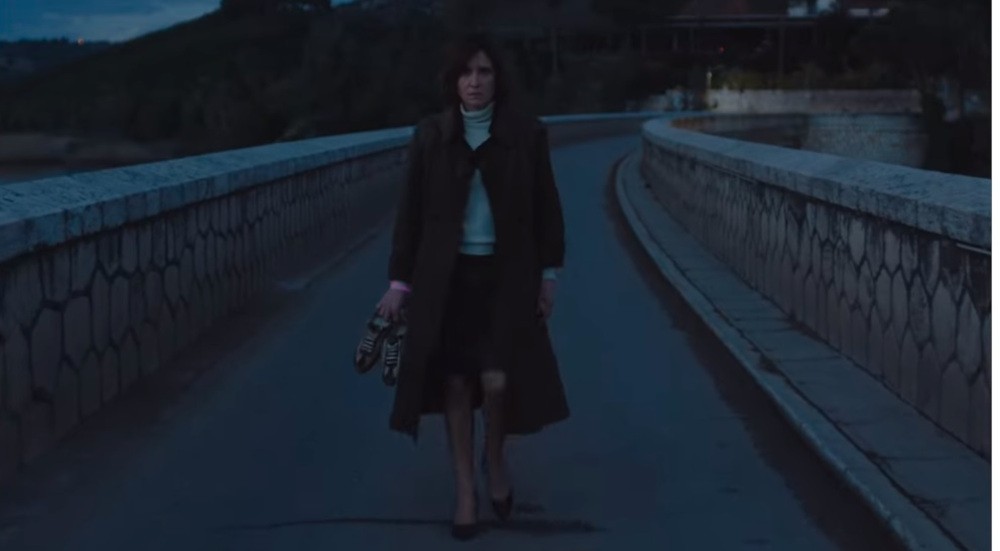
“Et in Arcadia ego” with the Visual artist and Photographer Nikos Mourkogiannis
ARCADIA: SIMPLICITY IS A CONQUEST
“Et in Arcadia ego” («And in Arcadia I»). This quote, which is mentioned in some famous paintings of the 17th century, including one by the notable Il Guercino, remains an obscure and mysterious phrase. Why is the verb missing? What exactly will I do in Arcadia? Who is “I”? Who is talking? And why in Arcadia? This region of ancient Greece, which covered the center of the Peloponnesian hills, became in European culture a symbol, an allegory, an emblem of an ideal place blessed with harmony, peace, and communion between man and nature.
Already a century earlier in 1504, in Italy, Jacopo Sannazzaro’s poem “Arcadia” told the story of Sincero (a character behind which the figure of the poet was hiding), a shepherd and poet who, because of a sad love story, flees from his native Naples to settle in a dream place: “Arcadia”. But a horrible nightmare makes him come back to Naples where he finds out his beloved woman is dead.
Sannazzaro’s poem created an echo and greatly affected European literature in the first half of the 17th century. Also the Accademia Arcadia founded in Rome at the end of the 16th century was named after this poem, because it contrasted the return of purity of expression, typical of classical Greece, with the stylistic exuberance of the Baroque period.
The Photographer Nikos Mourkogiannis, born in Athens, “physically” takes himself to Arcadia and creates images which are a hymn to a simplicity of language as a hyper-contemporary form of peaceful juxtaposition to a western system of overwhelming visual excess. The simplicity of his landscapes, portraits, and still lives, do not represent a nostalgic return to a pastoral vision of our existence but rather the overcoming of complexity to achieve a clean vision of emotions.
Mourkogiannis’ research is a restless synthesis that supersedes the deluge of images – often useless – pouring daily over us, to find the core, the heart, the essence of what a photograph can tell us. His geographic Arcadia, becomes a mental Arcadia where an ecology of feeling reigns. Whether a fruit plate or a portrait of an old lady or the photograph of a tree, his subjects become political manifestations of the etymological meaning of the word “politics.”
Tά πολιτικά is the expression referred in general to political questions. Almost all current use words that indicate public matters, government, administration, political system, come from πόλις, which means “city”. The “city” is a place of “many” (οἵ πολλοί) It’s also a place that makes of many a group a “community” (κοινωνία). It shouldn’t surprise then that the word πολιτικός (political) and the word πόλις (city) share the same root πολ- for the word οἵ πολλοί (the many).
Distant from showing escapes from reality or from today’s world, these photographs ask for attention. They are a kind admonition to protect every individual identity. They are a warm warning to reconsider the power of images as a representation of external and internal reality.
There are mirror images and window images: this subdivision was created at an important exhibition at the MoMa in New York in 1978. “Mirrors and Windows” was conceived and curated by John Szarkowski, one of the most well-known photography critics.
There are photographers that create windows from which the world can be seen and there are photographers who show themselves using their art as an internal mirror. In the latter case, the photograph becomes a window on our inner self, which reflects our depth rather than the exterior world portrayed in it.
In these photographs there is no sterile pleasure of a once-glorious past, but an emphatic declaration that “here” and “now” the land where everything was born — democracy, poetry, religion, philosophy — can set an example for a righteous and positive attitude.
Thus Nikos Mourkogiannis perhaps discovers the secret behind the expression “Et In Arcadia ego.” («And in Arcadia I»).
The meaning of Arcadia concerns us all, even you, the observer of these images, who defines himself as “I.” You should think through what you call conscience, ethics and morality.
It is a simple, yet not simplistic, concept of beauty.
This is your and our Arcadia.
Each one of us has hidden it in our emotional atlas – a place where not even Google Earth’s latest update can reach.
Antonio Mancinelli
Writer and senior editor at Marie Claire
About the artist: Nikos Mourkogiannis was born in Athens, Greece, and since 1997 has been living in Torino, Italy, where he graduated from the prestigious European Institute of Design (IED) in Visual Communication. He has worked as a freelance creative advertiser for some of the most famous brands in Italy. He has also collaborated with various commercial directors on the making of videos and short movies. His passion for photography has grown along with his interest in visual experimentation, and he has contributed his works to many charity auctions. His last photography exhibit has been hosted by the Greek Embassy in Washington. Presently is showing at the General Consulate of Greece in New York.


